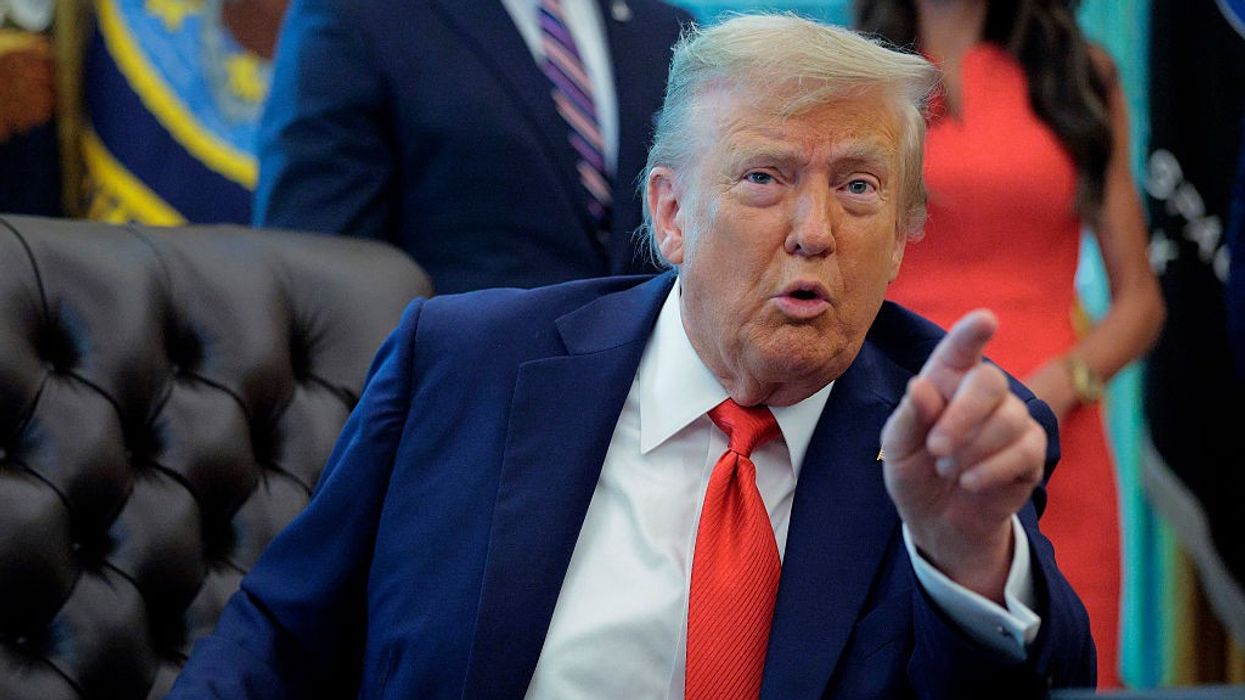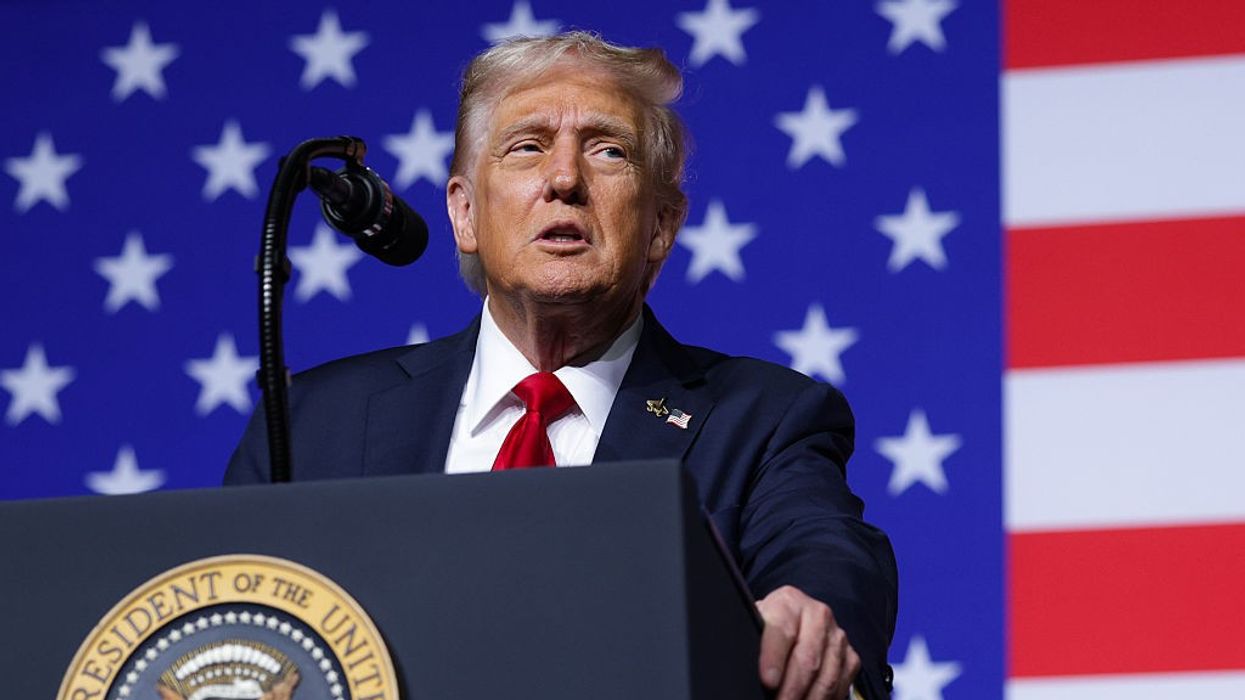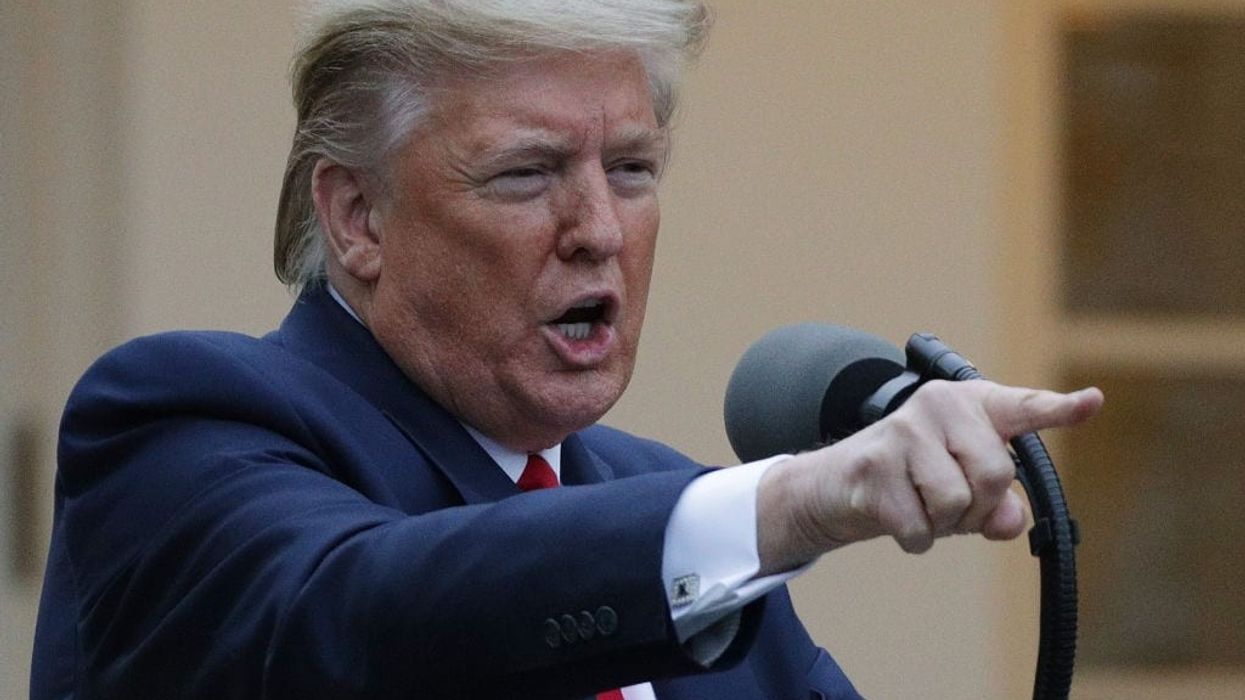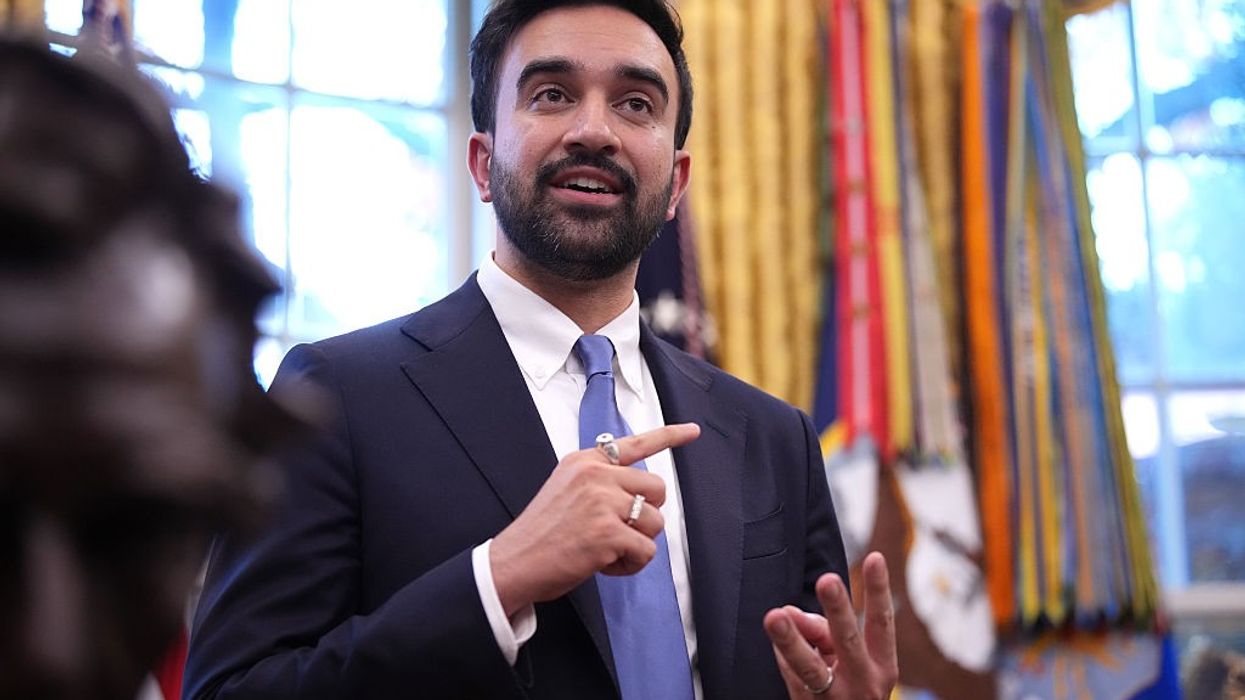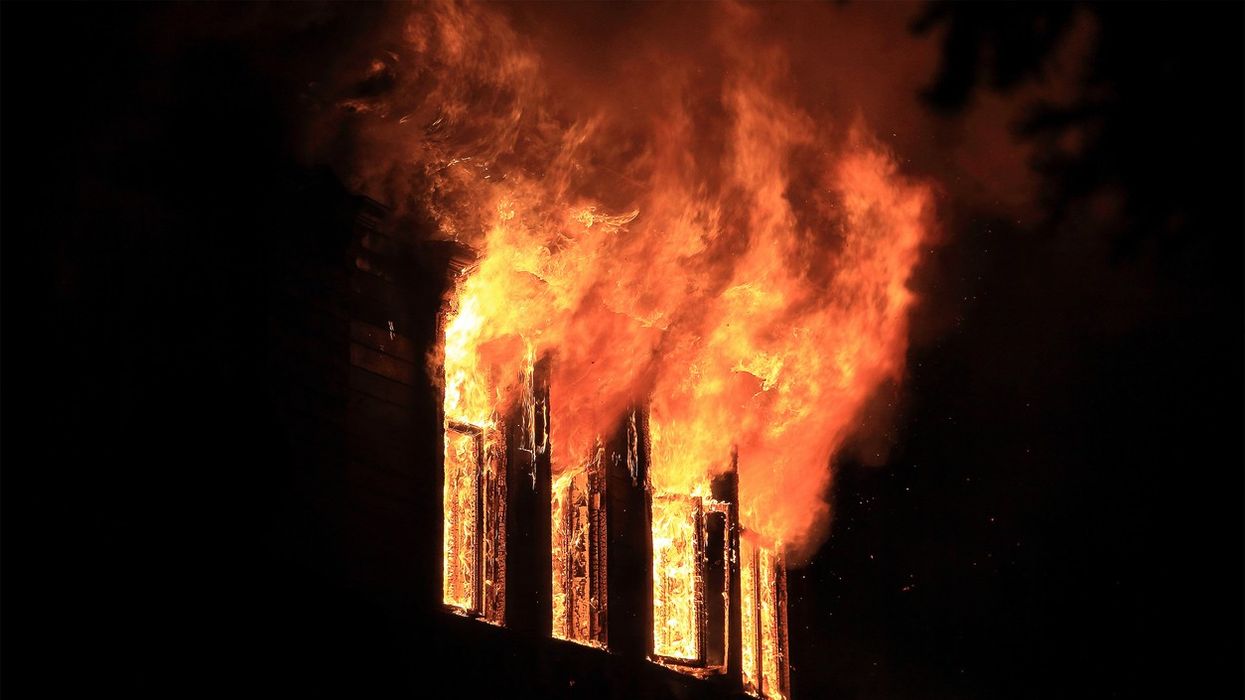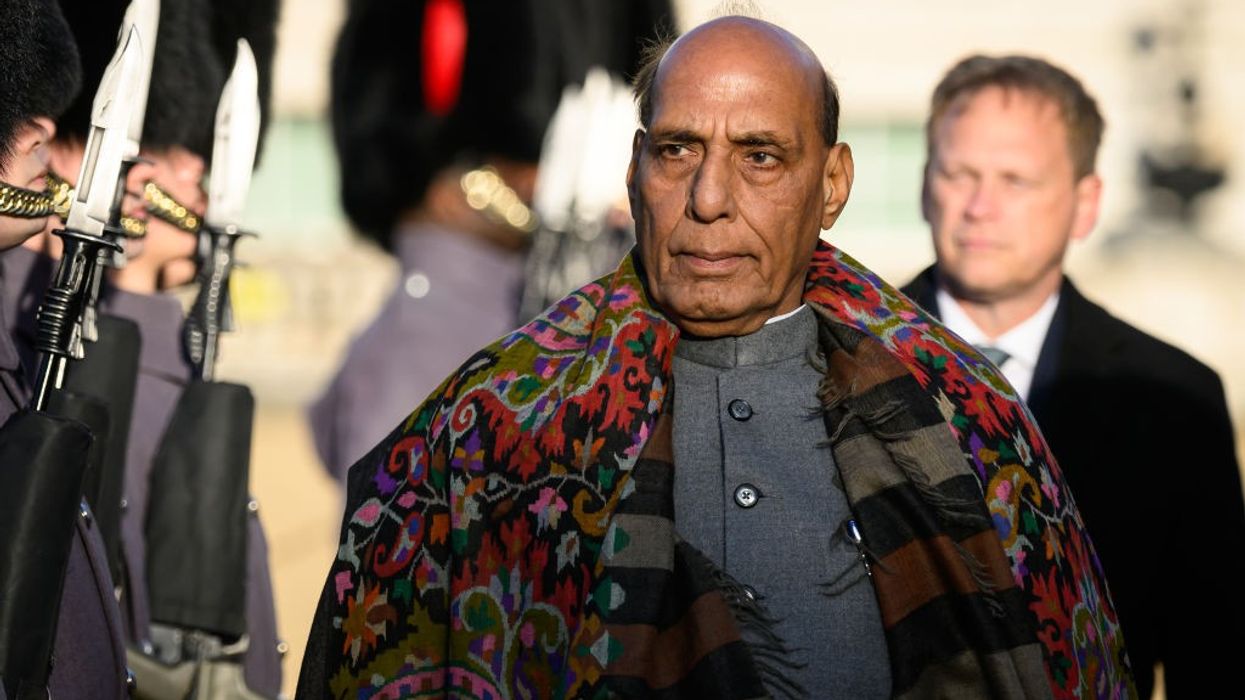- Delhi government spent $384,000 on a cloud seeding experiment to reduce pollution.
- Two aircraft released silver iodide flares over northwest Delhi but only caused light drizzle.
- Experts warn the attempt is “unscientific” and ineffective against the city’s large-scale smog.
- Meteorologists say Delhi’s pollution is largely local, not from stubble burning.
- Despite global failures of cloud seeding, Delhi plans more flights amid worsening AQI levels.
New Delhi’s ambitious $384,000 experiment to fight pollution through artificial rain has ended in disappointment, with experts declaring that cloud seeding cannot clear the capital’s choking air.
The trial, carried out by the Delhi government in partnership with IIT Kanpur, involved aircraft releasing silver iodide flares into the sky over northwest Delhi to trigger rainfall. Officials later claimed “light drizzle” was recorded in parts of Noida, but the faint showers barely made a dent in the thick smog that continues to blanket the city.
The move comes amid a post-Diwali air pollution crisis that has pushed Delhi’s Air Quality Index (AQI) to over 400 in several areas, placing it firmly in the “hazardous” category. Firecracker emissions, vehicular exhaust, and industrial fumes have once again turned the city into a gas chamber. Chief Minister Rekha Gupta, determined to outperform her predecessor Arvind Kejriwal on environmental measures, launched the high-profile project as a quick fix to Delhi’s chronic pollution woes.
But experts say the experiment is both scientifically unsound and economically wasteful. “You’re spending hundreds of thousands for a drizzle,” says Mohan P. George, clean air and mobility consultant at the Centre for Science and Environment. “Even if it rains in five square kilometres, it makes no impact. The technology is not so calibrated. It may rain in Delhi or in Ghaziabad or Meerut. Also, financially you can’t do it.”
Cloud seeding, a process that involves dispersing substances like silver iodide into clouds to encourage condensation and rainfall, works only under specific conditions. It requires the presence of dense, moisture-laden clouds — something rarely seen over Delhi’s dry post-monsoon skies. Scientists say the technique’s success rate remains highly uncertain, and even when it works, it produces light drizzles too weak to clean pollutants from the atmosphere. In fact, experts caution that small droplets may worsen air quality by trapping pollutants closer to the ground instead of washing them away.
“The pollution haze is purely generated over Delhi and its surrounding areas,” explains George. “Farming is only contributing 2 to 3 per cent of Delhi’s pollution woes currently.”
Despite poor scientific evidence, the Delhi government remains committed to the experiment, which involves three more scheduled flights using Cessna aircraft from Meerut. The total cost of the operation has reached $384,000, sparking criticism from opposition leaders who call the effort a “political gimmick.”
Globally, cloud seeding has a history of mixed results. Trials in the United States, China, Australia, and Pakistan have shown little or no measurable success. Pakistan’s 2023 effort, conducted with UAE support, failed to produce meaningful rainfall, while similar experiments in Maharashtra, Tamil Nadu, and Karnataka have yielded inconsistent outcomes.
As Delhi continues to battle one of the worst air quality levels in the world — ahead of even Lahore — experts stress that only long-term structural reforms can fix the problem. Reducing vehicular emissions, regulating industries, promoting electric mobility, and enforcing construction dust control are the real solutions. Until then, as environmentalists warn, hundreds of thousands of dollars will keep evaporating into Delhi’s grey skies — with nothing but drizzle and disappointment in return.
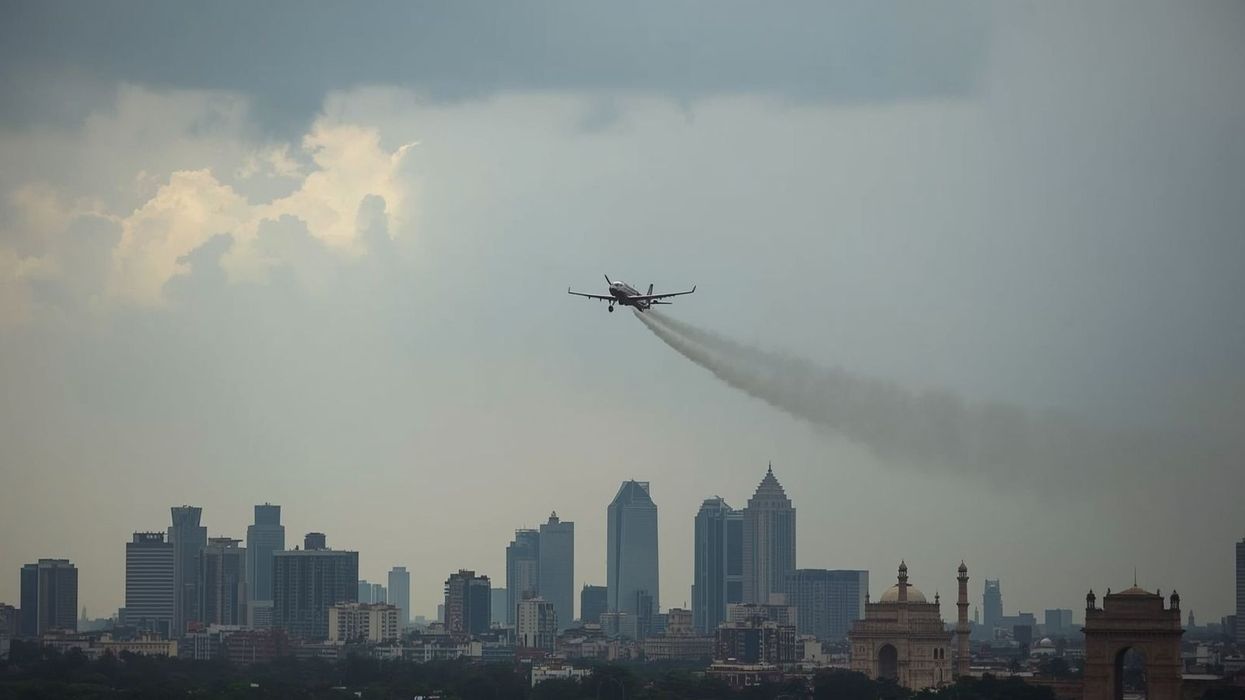



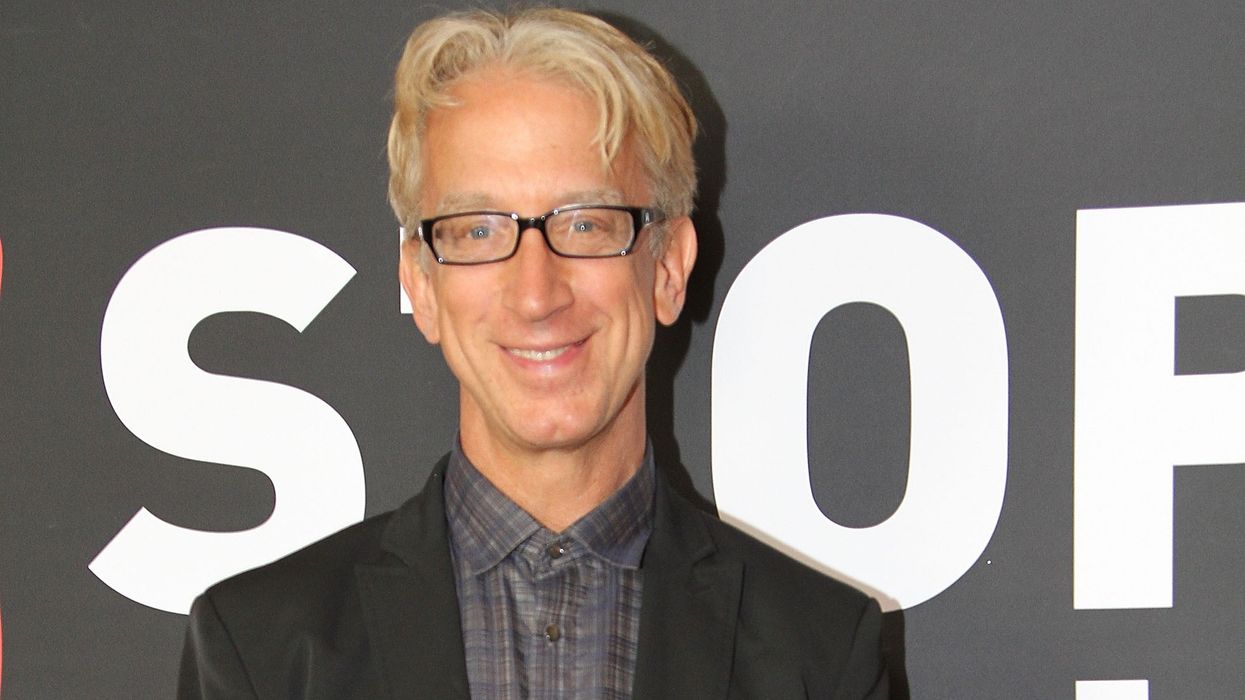
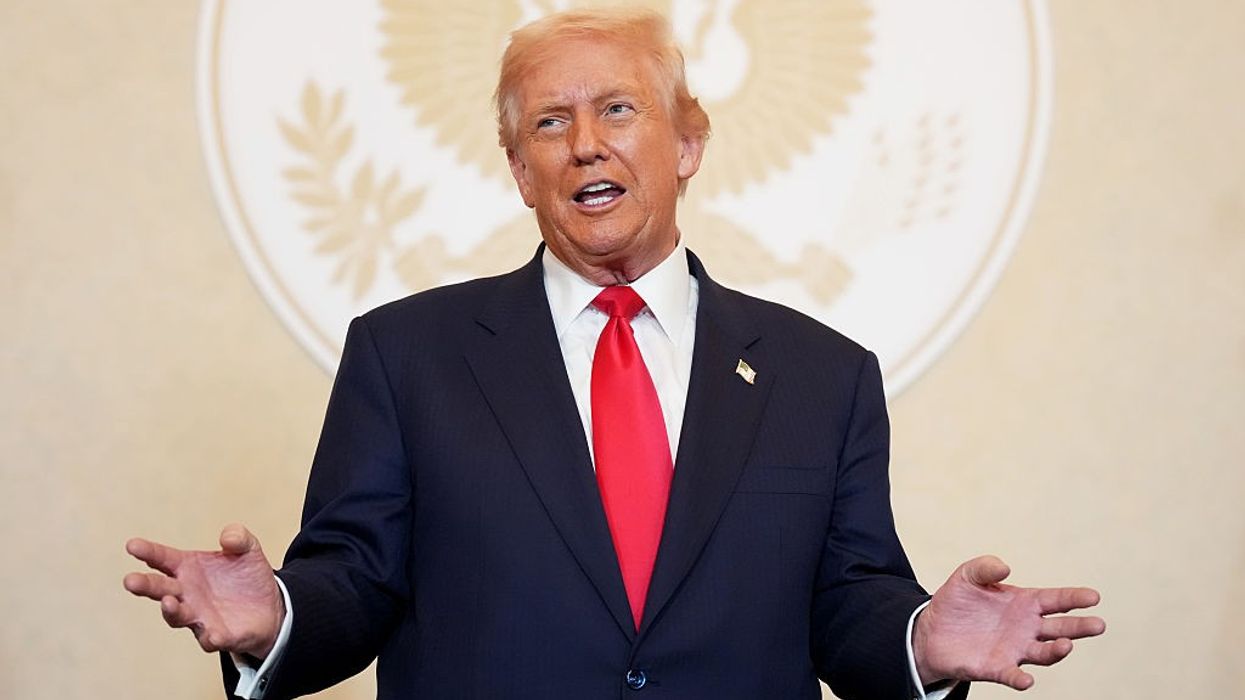

 X
X


